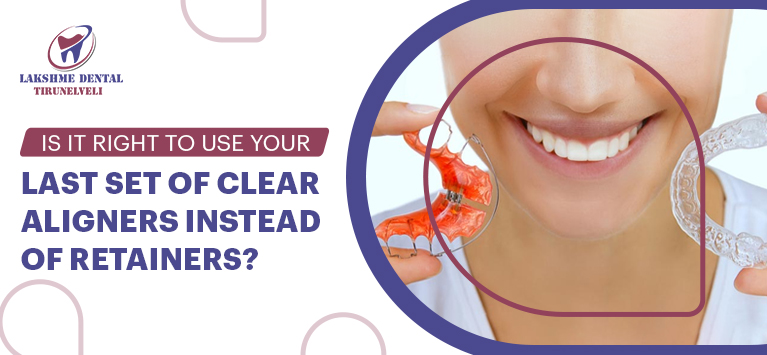
Advanced Technologies in Modern Orthodontics
The technological advancements have brought many tremendous changes in dentistry. The diagnostic methods and therapeutics that seemed as intimidating have been replaced with innovative gadgets that guarantee a fantastic dental experience to the patients. In the meantime, such progressions have made dental Professionals take a step ahead and streamline their practices.
Orthodontic treatments also have evolved from plaster moulds for taking teeth impressions to digital imaging systems and robotically craft the teeth straightening appliances. This article deals with the health technologies that elevated the standards of treatments to move your teeth and correct bites.
1) Digital Radiography
The advanced dental imaging system which uses a radiographic technique with wired or wireless hard sensors in place of film. It mandates an X-ray unit, sensors, scanning device, computer hardware and software to store, transfer the images.
It also uses photons from X-rays but the analog images captured are converted to digital images in which the impressions are captured as pixels. This makes detecting the abnormalities instantaneously whereas a dentist needs at least 20 minutes to address the problem with traditional X-rays.
2) 3D intra-oral scanner
The intraoral scanners are helpful to take physical impressions of your teeth without traditional paste moulds.

Many orthodontists prefer this scanning equipment as it visualizes the teeth alignment in a magnified form and creates a 3D image of the teeth in minutes.
The impressions taken with this scanner are highly precise and more accurate than goopy physical impressions. It aids in creating correct custom braces with fewer chances of rejection whilst the dentist can make a treatment plant spontaneously.
3) Cone Beam Computed Tomography
Cone beam CT is useful in situations when a detailed evaluation of jaw bone, facial bones and dentition are needed. This is a special type of imaging equipment and is provided with X-ray computed tomography where the X-rays are deviating, forming a cone.

This is not used often because it emits more radiation than regular dental x-rays to capture 3D images but it is prescribed when the regular facial X-rays are not sufficient. It is powerful to capture bony structures, nerve paths, underlying tissues in the facial regions with a single scan.
4) 3D Printers

When the treatment plans are made after analyzing the 3D images of your dentition, Orthodontists transfer the images to plastic models with the help of a printer. Generally, it is a printing device which is incorporated with Orthodontic treatment software to create 3D models of your teeth and gums, aligners, Invisalign and other orthodontic appliances.
It is followed by fabricating the custom teeth straightening appliances using a thermoforming device with the 3D models made.
Bottom Line
The modern imaging systems, printing devices and other advanced gadgets eliminate difficulties in taking impressions whilst reducing the chances of unpleasant impressions. Besides 3D technologies, orthodontic treatments have been updated with Artificial Intelligence in both diagnosis and treatments. The machine learning process provides a way for dentists to reach the intangible boundaries in orthodontics.
To put it simply, the modern methodologies have shortened the delivery times, inheriting the quality of teeth straightening treatments to obtain the smile you want.

















